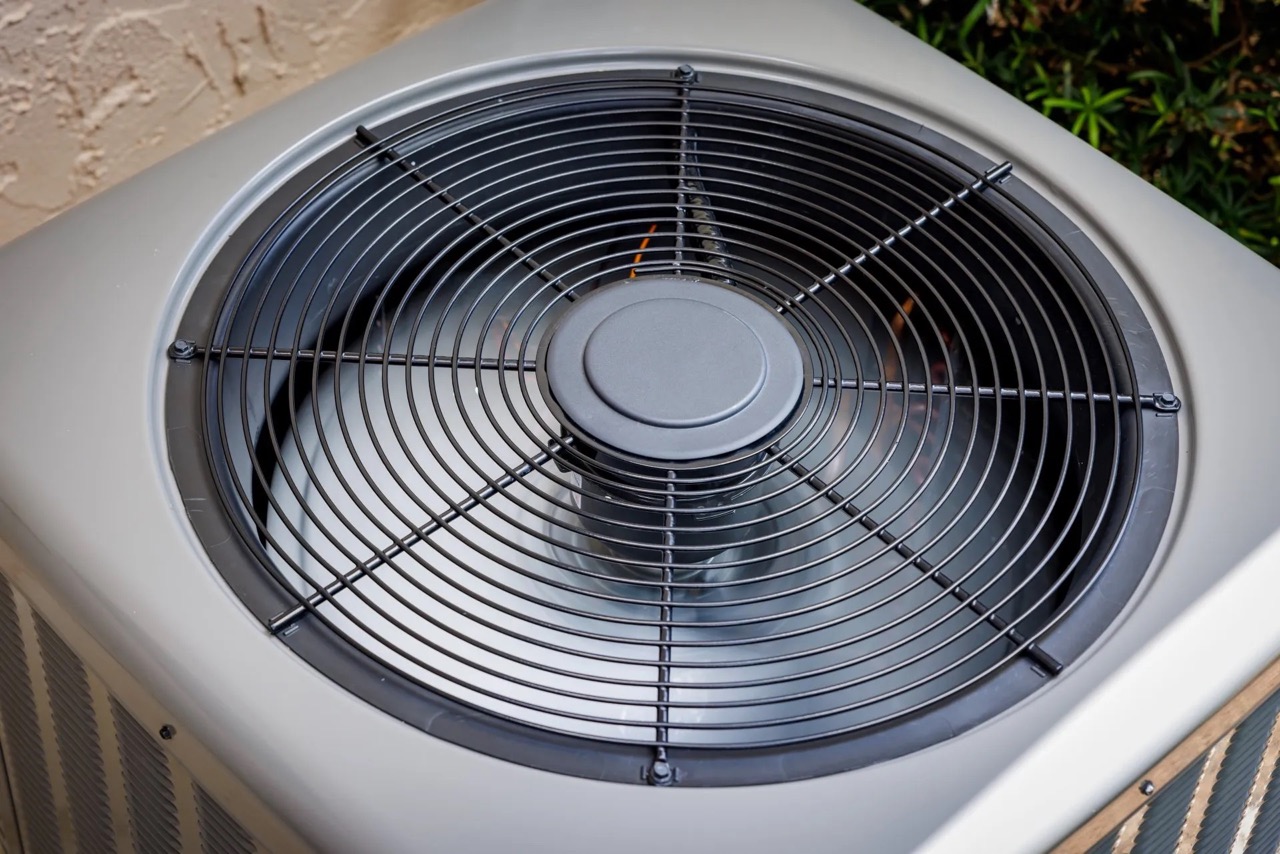

Articles
What Does The Fan Do On HVAC
Modified: January 19, 2024
Discover the importance of HVAC fan in articles discussing its role and functionality. Learn how it contributes to the overall system performance and efficiency.
(Many of the links in this article redirect to a specific reviewed product. Your purchase of these products through affiliate links helps to generate commission for Storables.com, at no extra cost. Learn more)
Introduction
The HVAC (heating, ventilation, and air conditioning) system plays a crucial role in maintaining a comfortable and healthy indoor environment. It regulates temperature, controls humidity, filters the air, and ensures proper air circulation. While each component of the HVAC system plays a vital role, one component stands out in terms of its functionality and impact – the fan.
In this article, we will explore the significance of the fan in an HVAC system and delve into its various functions. We will also discuss the different types of fans commonly used in HVAC systems and highlight the factors to consider when choosing a fan. Additionally, we will provide insights into the proper maintenance and care required to ensure the optimal performance of HVAC fans.
So, let’s dive in and discover what the fan does in an HVAC system and why it is a critical component for achieving comfort and functionality.
Key Takeaways:
- The fan in an HVAC system is crucial for air circulation, ventilation, and energy efficiency. Proper maintenance ensures optimal performance, contributing to improved indoor air quality and comfort.
- When choosing an HVAC fan, consider airflow requirements, noise levels, and energy efficiency. Regular cleaning, lubrication, and professional maintenance are essential for longevity and optimal performance.
Read more: What Does An HVAC Installer Do
Definition of HVAC
HVAC stands for heating, ventilation, and air conditioning. It is a system that controls and regulates the indoor environment, including temperature, humidity, and air quality, to ensure comfort and improve the overall well-being of individuals in residential, commercial, and industrial settings.
The heating component of HVAC is responsible for generating and distributing heat to warm the indoor space during colder months. This can be achieved through furnaces, boilers, or electric heaters. Ventilation ensures the exchange of fresh air and the removal of stale air, odors, and potentially harmful pollutants. It involves the movement of air, either mechanically or naturally, through systems such as exhaust fans, air filters, and air ducts.
The air conditioning aspect of HVAC involves cooling the indoor environment during hotter months. It removes excess heat and humidity from the air, providing a comfortable atmosphere. Air conditioners, heat pumps, or chillers are commonly used for this purpose. These three components work together to create a balanced and controlled indoor climate.
HVAC systems are critical for maintaining a healthy and comfortable living or working environment. They not only provide thermal comfort but also help regulate proper air quality by filtering out allergens, pollutants, and airborne particles. This is especially important for individuals with respiratory issues, as well as for improving overall indoor air quality and reducing the risk of airborne diseases.
Components of HVAC System
An HVAC system consists of several key components that work together to provide efficient heating, ventilation, and air conditioning. Understanding these components is essential to comprehend the functionality of the HVAC system as a whole.
- Thermostat: The thermostat acts as the control center for the HVAC system. It allows users to set their desired temperature and provides signals to activate or deactivate heating or cooling equipment accordingly.
- Furnace: The furnace is responsible for heating the air. It burns fuel, such as gas or oil, to produce heat that is then distributed throughout the building through ductwork or radiators.
- Air Conditioner: The air conditioning unit cools the air by removing heat and moisture. It uses refrigerant to absorb heat from the indoor air and releases it outside, providing a comfortable indoor temperature.
- Heat Pump: A heat pump provides both heating and cooling capabilities. It transfers heat energy from one place to another, depending on the desired temperature. In winter, it extracts heat from the outside air to warm the indoor space, while in summer, it removes heat from indoor air to cool the space.
- Ventilation System: The ventilation system is responsible for maintaining indoor air quality. It ensures the exchange of fresh air with stale air, removing pollutants, odors, and excess humidity. Ventilation systems can be natural, using windows and vents, or mechanical, using fans and ducts.
- Air Ducts: Air ducts are used to distribute heated or cooled air throughout the building. They are a network of pipes or channels that deliver air from the HVAC unit to different rooms or areas. Well-designed and maintained air ducts are crucial for efficient airflow and temperature regulation.
- Air Filters: Air filters are essential for maintaining clean and healthy air within the HVAC system. They trap dust, pollen, pet dander, and other airborne particles, preventing them from circulating back into the indoor air. Regular filter replacement or cleaning is necessary to ensure optimal performance and indoor air quality.
- Vents and Grilles: Vents and grilles are openings in the walls, floors, or ceilings that allow conditioned air from the HVAC system to enter the room. They can be controlled to direct air in specific directions or adjusted to regulate air velocity.
By understanding the different components of an HVAC system, users can better appreciate how each part contributes to creating a comfortable and controlled indoor environment. Regular maintenance and proper care of these components are essential to ensure the system’s efficiency, longevity, and optimal performance.
Importance of Fan in HVAC
The fan is a critical component of an HVAC system and plays a pivotal role in ensuring efficient operation and optimal comfort. Its importance lies in its ability to facilitate the flow and circulation of air throughout the system and the building. Let’s explore why the fan is essential and the benefits it offers:
- Air Circulation: The fan is responsible for moving air throughout the HVAC system and distributing it evenly within the space. It helps maintain consistent temperatures by ensuring that conditioned air reaches all areas of the building. Without proper air circulation, certain areas may experience hot or cold spots, leading to discomfort and inefficient heating or cooling.
- Ventilation: In the ventilation system, the fan helps in the exchange of fresh air and the removal of stale air, odors, and pollutants. It aids in bringing in fresh outdoor air and expelling indoor air, ensuring a healthy and breathable indoor environment.
- Improved Indoor Air Quality: HVAC fans generally have built-in air filters that help remove dust, allergens, and contaminants from the circulating air. This improves indoor air quality by reducing the presence of airborne particles that can cause allergies and respiratory issues.
- Energy Efficiency: Proper air circulation facilitated by the fan ensures that conditioned air reaches all areas of the building, reducing the strain on the HVAC system. This leads to improved energy efficiency and lower energy bills, as the system does not have to work as hard to achieve the desired temperature.
- Noise Reduction: The fan in the HVAC system also aids in reducing noise. By circulating the air and eliminating stagnant air pockets, it helps minimize sound vibrations generated by the system. This contributes to a quieter and more peaceful indoor environment.
- Comfort Enhancement: The fan’s ability to circulate air ensures a more comfortable living or working spaces. It helps to distribute warm or cool air evenly, eliminating temperature variations and creating a consistent and pleasant environment for occupants.
- Extended HVAC System Lifespan: Efficient operation and air circulation provided by the fan contribute to the longevity of the HVAC system. By reducing strain and preventing potential issues like freezing coils or overheating, the fan helps maintain the integrity of the system, resulting in a longer lifespan.
The fan is indeed a crucial component of an HVAC system, enabling proper air circulation, ventilation, and temperature control. Its benefits range from improved indoor air quality and energy efficiency to enhanced comfort and system longevity. Regular maintenance and professional inspections of the fan are necessary to ensure its optimal performance and benefits.
Function of Fan in HVAC
The fan in an HVAC system serves several important functions that contribute to its overall operation and effectiveness. Let’s explore the key functions of the fan:
- Forced Air Movement: The primary function of the fan is to move air throughout the HVAC system. It draws air into the system through return vents and pushes it through the various components, such as the furnace, air conditioner, filters, and ductwork. This forced air movement ensures that conditioned air reaches all areas of the building, providing a consistent and comfortable indoor environment.
- Distribution of Conditioned Air: The fan plays a crucial role in distributing conditioned air to achieve the desired temperature throughout the building. It ensures that heated or cooled air is evenly distributed, preventing hot or cold spots. This distribution process is especially important for multi-story buildings or spaces with complex layouts, where proper air circulation can be challenging without the fan.
- Ventilation Assistance: In the ventilation system of an HVAC, the fan assists in the exchange of indoor and outdoor air. It helps bring in fresh air from outside and expel stale indoor air, contributing to improved indoor air quality. The fan works in conjunction with vents and ducts to ensure proper airflow, removing pollutants, odors, and excess humidity effectively.
- Air Filtration: Many HVAC fans have built-in filters that remove dust, allergens, and contaminants from the circulating air. The fan helps draw air through the filter, trapping particles and improving indoor air quality. This function is especially vital for individuals with allergies or respiratory sensitivities as it reduces the presence of irritants in the air they breathe.
- Aids in Heat Transfer: In certain HVAC systems, such as heat pumps, the fan assists in heat transfer. It helps extract heat from the outside air during colder months and transfers it indoors to warm the space. In cooling mode, the fan helps remove heat from indoor air and disperses it outside, providing a cooler indoor temperature.
- Noise Reduction: The fan also contributes to noise reduction in an HVAC system. It helps minimize sound vibrations by circulating the air and eliminating stagnant air pockets. Properly designed and maintained fans operate quietly, ensuring a peaceful indoor environment.
- Increase Energy Efficiency: By facilitating proper air movement and airflow, the fan contributes to the energy efficiency of the HVAC system. It ensures that conditioned air is delivered efficiently, reducing the workload on the system. This helps lower energy consumption, resulting in cost savings and reduced environmental impact.
The functions of the fan in an HVAC system are essential for achieving optimal comfort, indoor air quality, and energy efficiency. Without the fan’s contribution, the system would struggle to distribute conditioned air effectively and maintain consistent temperatures. Regular maintenance and cleaning of the fan are necessary to ensure its functionality and maximize its benefits.
The fan on an HVAC system circulates air throughout the space, helping to distribute heated or cooled air evenly. Regularly cleaning or replacing the fan filter can improve air quality and system efficiency.
Read more: What Does An HVAC Technician Do
Types of Fans Used in HVAC Systems
Various types of fans are used in HVAC (heating, ventilation, and air conditioning) systems, each designed to serve specific purposes and meet different airflow requirements. Let’s explore some commonly used fans in HVAC systems:
- Centrifugal Fans: Centrifugal fans, also known as “squirrel cage” or “blower” fans, are widely used in HVAC systems. They are known for their ability to generate high-pressure airflow and are often used in applications where air needs to be pushed through ductwork and overcome resistance. Centrifugal fans are efficient in moving large volumes of air, making them suitable for both residential and commercial HVAC systems.
- Axial Fans: Axial fans, sometimes referred to as “propeller fans,” are designed to move a large volume of air at lower pressures. These fans are commonly found in systems where the airflow is more direct, such as in cooling towers and ventilation systems. They are well-suited for applications requiring high airflow rates, such as large commercial spaces or industrial settings.
- In-Line Fans: In-line fans, also known as “duct fans” or “tube fans,” are installed directly into the ductwork and help in boosting airflow. They are typically used in situations where there is inadequate air movement due to long or complicated ductwork layouts. In-line fans can be installed in various locations along the duct system to improve air circulation and enhance system performance.
- Mixed Flow Fans: Mixed flow fans combine the characteristics of both axial and centrifugal fans. They provide a balance between high airflow and medium pressure, making them suitable for applications that require a combination of volume and pressure, such as air conditioning and ventilation systems. Mixed flow fans are known for their efficiency and versatility.
- Cross-Flow Fans: Cross-flow fans, also called “tangential” or “blower wheel” fans, are commonly found in HVAC systems, particularly in air conditioning units and heat pumps. These fans create a broad, uniform airflow by drawing air across a wide, curved blade. Cross-flow fans are compact and capable of producing a relatively low-pressure airflow.
- Propeller Fans: Propeller fans, also known as “paddle” or “ceiling” fans, are primarily used for localized airflow and cooling. They are typically found in residential and commercial applications, such as in homes, offices, and retail spaces. Propeller fans are designed to move air efficiently in a specific direction, providing comfort and air circulation in a particular area.
When choosing the appropriate fan for an HVAC system, factors such as airflow requirements, space constraints, energy efficiency, and noise levels must be considered. Consulting with a professional HVAC technician can help determine the most suitable fan type and ensure optimal performance and air circulation within the system.
Factors to Consider when Choosing a Fan for HVAC
Choosing the right fan for an HVAC (heating, ventilation, and air conditioning) system is crucial for its optimal performance and efficiency. Several factors should be taken into consideration when selecting a fan. Here are key factors to keep in mind:
- Airflow Requirements: Determine the required airflow for the HVAC system based on the specific needs of the space. Consider factors such as room size, desired temperature distribution, and the number of occupants. Calculate the required Cubic Feet per Minute (CFM) to ensure the fan can provide adequate airflow for proper heating, cooling, and ventilation.
- Fan Efficiency: Choose fans that are energy efficient to reduce energy consumption and operating costs. Look for fans with high efficiency ratings, such as those certified by programs like Energy Star. Energy-efficient fans not only help save on electricity bills but also have a lower environmental impact.
- Noise Levels: Consider the noise levels produced by the fan, especially for residential or office spaces where a quiet environment is desirable. Look for fans that operate quietly to minimize disruptions and create a more peaceful indoor environment. Manufacturers often provide noise ratings, expressed in decibels (dB), which can help in selecting a quieter fan.
- Fan Size and Installation: Ensure the fan you choose fits appropriately within the HVAC system. Consider the available space for installation, including any ductwork or enclosures. Proper sizing is crucial to ensure the fan fits securely and operates efficiently within the system.
- Fan Controls and Automation: Consider the type of controls and automation features the fan offers. Look for options like variable speed control, which allows for adjusting the fan’s speed and airflow based on specific requirements. Automation features, such as timers or sensors, can further improve energy efficiency and ease of operation.
- Maintenance and Accessibility: Evaluate the ease of maintenance and accessibility of the fan for cleaning, inspection, and potential repairs. Choose fans that allow easy access to critical components, such as motors or filters, to ensure regular maintenance can be performed efficiently.
- Budget and Quality: Consider the budget and balance it with the desired quality and performance of the fan. While cost is an important consideration, prioritize quality and reliability to ensure longevity and efficient operation. Investing in a higher-quality fan may provide better performance and save on future maintenance and replacement costs.
Consulting with a professional HVAC technician or engineer can provide valuable insight and guidance in selecting the most suitable fan for your specific HVAC system and needs. They can assess the unique requirements of your space, determine the appropriate fan size and specifications, and provide recommendations for optimal performance and efficiency.
Proper Maintenance and Care for HVAC Fans
Maintaining and caring for HVAC (heating, ventilation, and air conditioning) fans is essential for their longevity, efficiency, and optimal performance. Proper maintenance ensures that the fans continue to operate effectively, circulate air appropriately, and contribute to a comfortable indoor environment. Here are some guidelines for the proper maintenance and care of HVAC fans:
- Regular Cleaning: Clean the fan blades, housing, and any accessible components regularly to remove dust, dirt, and debris. Accumulated dirt can impede airflow and reduce the fan’s efficiency. Use a soft cloth, brush, or vacuum cleaner to gently clean the fan surfaces and ensure proper ventilation.
- Inspect and Lubricate Components: Regularly inspect the fan’s moving parts, such as the motor and bearings, for signs of wear or damage. Lubricate the bearings as per the manufacturer’s instructions to ensure smooth operation. Proper lubrication reduces friction, extends the fan’s lifespan, and minimizes noise levels.
- Check and Replace Filters: If the HVAC system has a fan with an integrated air filter, regularly check and replace the filter according to the recommended schedule. Dirty or clogged filters can restrict airflow, strain the fan motor, and decrease air quality. Clean or replace filters as needed to maintain optimal performance.
- Inspect and Clean Ductwork: Regularly inspect the ductwork connected to the fan for any obstructions or leaks. Clean the ducts, as necessary, to ensure proper airflow and prevent the accumulation of dust, allergens, or debris that can impact air quality. Sealing any leaks in the ductwork also helps maintain consistent airflow throughout the system.
- Monitor Fan Belt Tension (if applicable): If the fan operates with a belt-driven system, regularly check the tension of the fan belt to ensure it is properly aligned and not excessively loose or tight. Incorrect belt tension can cause noise, vibration, and inefficiency. Adjust the tension or replace the belt if necessary.
- Keep Surrounding Areas Clear: Ensure that the area around the fan remains clear of any obstructions, debris, or objects that can hinder its operation or create a safety hazard. Allow sufficient space for proper airflow and avoid placing items too close to the fan that may obstruct or interfere with the fan’s performance.
- Schedule Professional Maintenance: Consider scheduling regular professional maintenance for your HVAC system, including fan inspection and servicing. Professional technicians can perform in-depth assessments, conduct necessary repairs, and provide expert guidance on optimizing the fan’s performance and ensuring overall system efficiency.
- Maintain a Maintenance Schedule: Develop a maintenance schedule to keep track of regular maintenance tasks, such as cleaning, inspection, and filter replacement. By following a schedule and performing routine maintenance consistently, you can effectively monitor the fan’s condition and address any issues promptly.
Proper maintenance and care for HVAC fans contribute to their longevity, energy efficiency, and effectiveness in circulating air. Regular cleaning, inspections, lubrication, and filter replacement all play a role in ensuring optimal fan performance. By investing time and effort into maintenance, you can enjoy improved indoor air quality, comfort, and overall HVAC system performance.
Conclusion
Understanding the importance of the fan in an HVAC (heating, ventilation, and air conditioning) system is crucial for creating a comfortable and healthy indoor environment. The fan plays a vital role in facilitating proper airflow, distributing conditioned air, and ensuring optimal performance of the entire HVAC system.
From circulating air to maintaining consistent temperatures, the fan’s functions are essential to achieving comfort, ventilation, and energy efficiency. Whether it’s the centrifugal fan for high-pressure airflow or the axial fan for high-volume airflow, selecting the right fan depends on factors such as airflow requirements, noise levels, and spatial constraints.
Proper maintenance and care of HVAC fans are necessary to ensure their longevity and optimal performance. Regular cleaning, lubrication, and filter replacement are essential to keep fans operating efficiently, while inspections of components and ductwork prevent potential issues and maintain proper airflow. Additionally, scheduling professional maintenance can provide expert guidance and ensure your HVAC system stays in top condition.
By recognizing the fan’s significance in an HVAC system and implementing proper maintenance practices, you can enjoy improved indoor air quality, energy efficiency, and overall comfort. The fan’s impact goes beyond just circulating air – it contributes to creating a pleasant and healthy living or working environment.
Remember, consulting with a professional HVAC technician or engineer is invaluable when selecting, maintaining, and optimizing the performance of your HVAC fan. Their expertise will ensure you choose the right fan for your specific needs and that it continues to operate efficiently for years to come.
Frequently Asked Questions about What Does The Fan Do On HVAC
Was this page helpful?
At Storables.com, we guarantee accurate and reliable information. Our content, validated by Expert Board Contributors, is crafted following stringent Editorial Policies. We're committed to providing you with well-researched, expert-backed insights for all your informational needs.
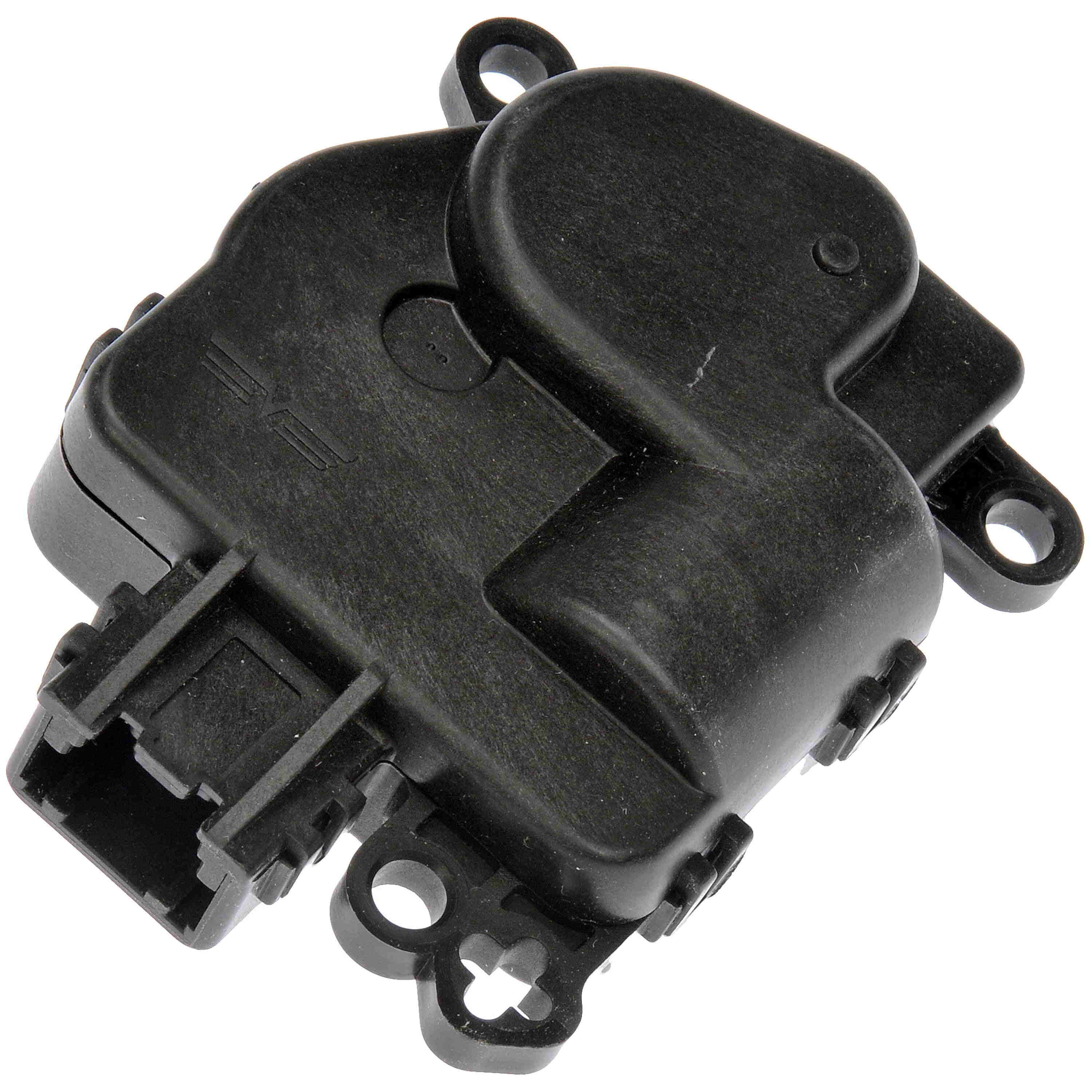
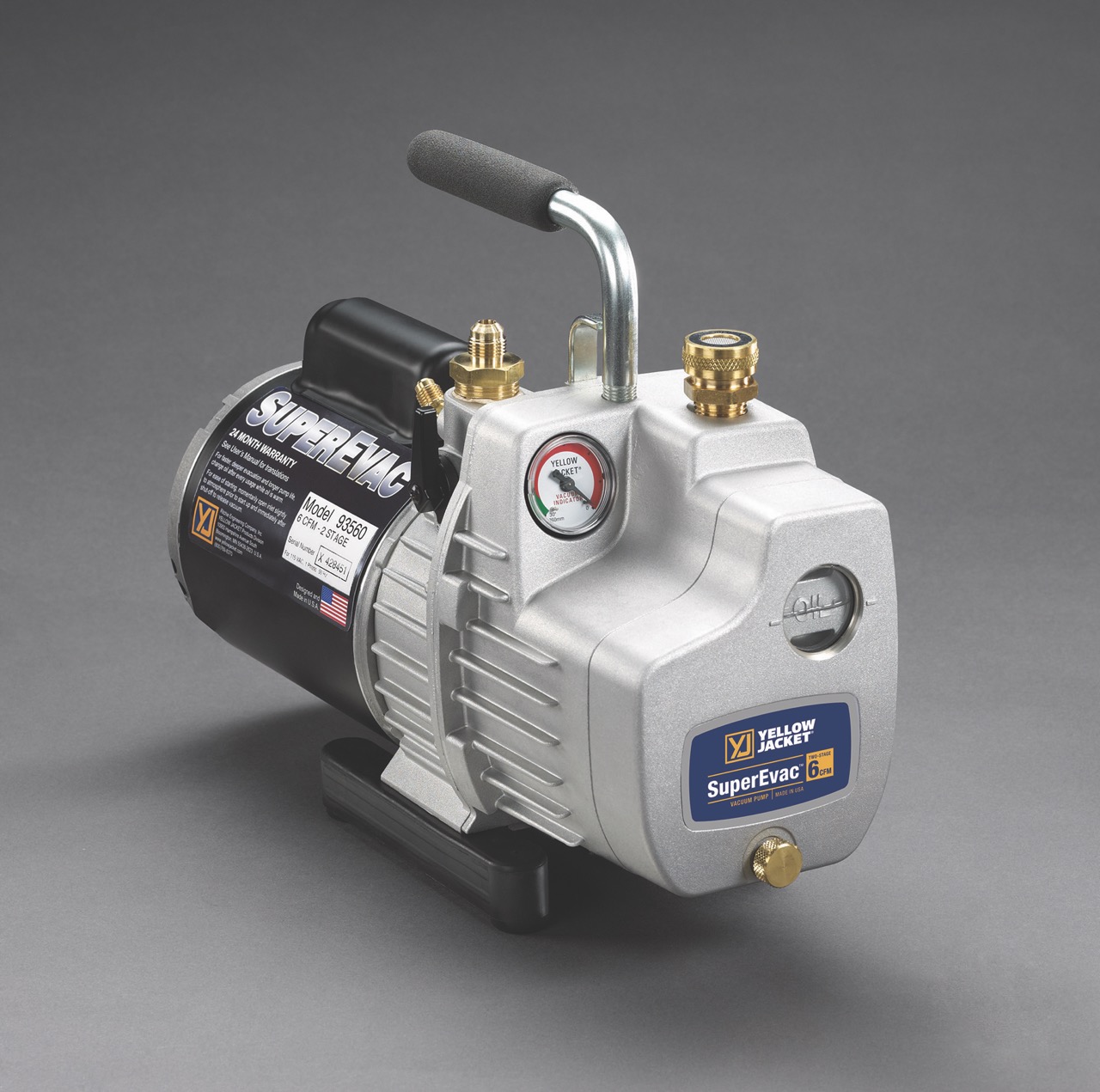
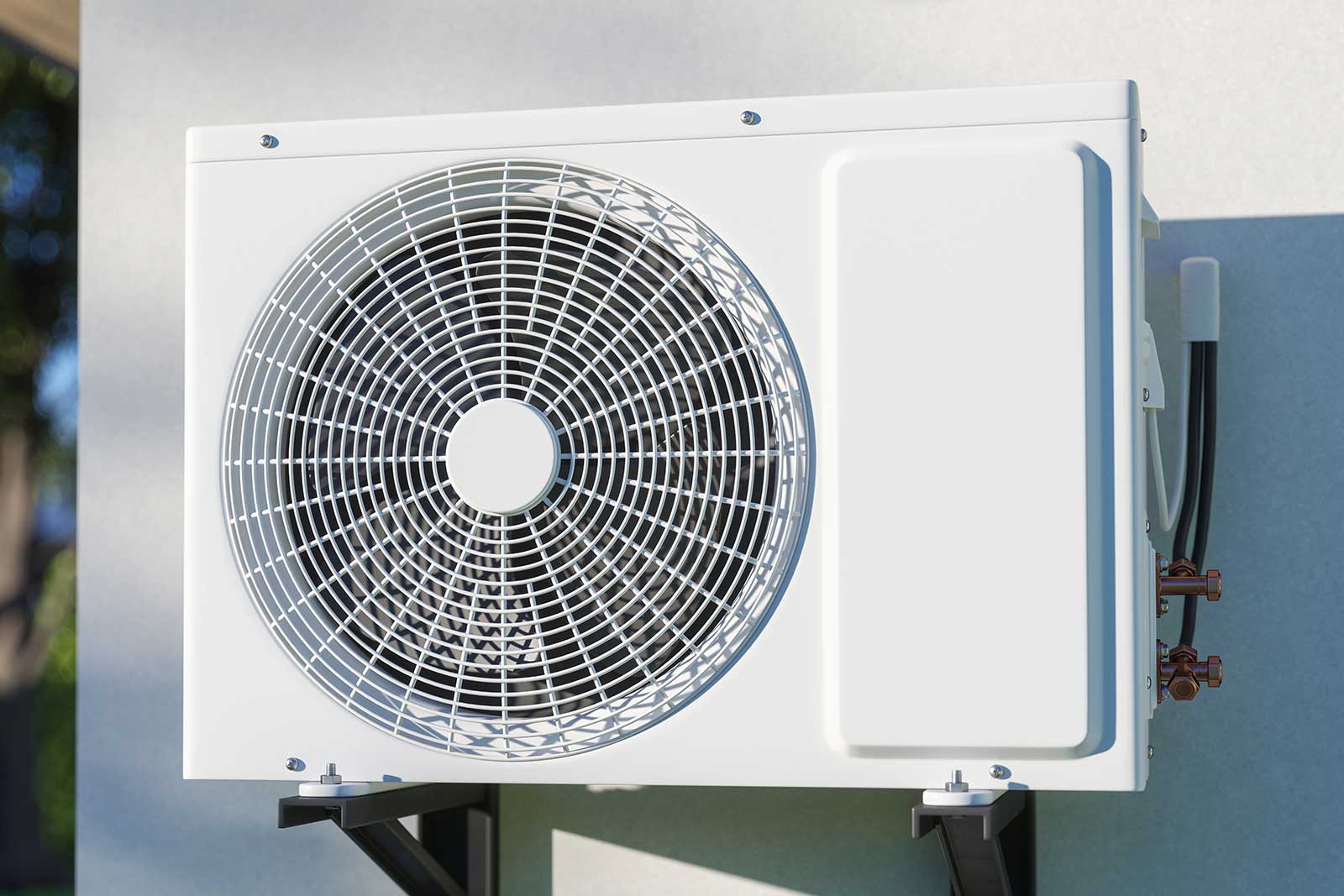
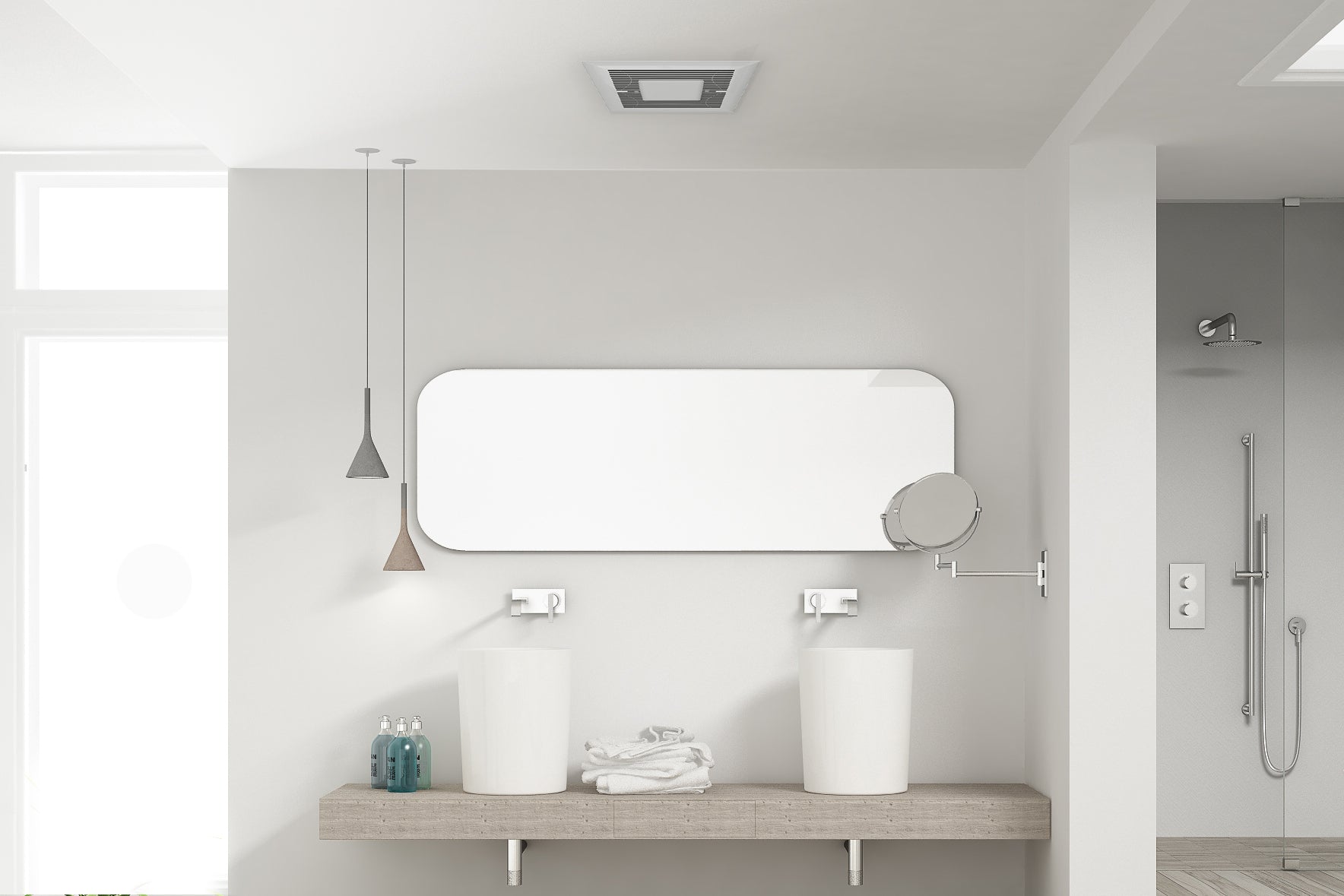
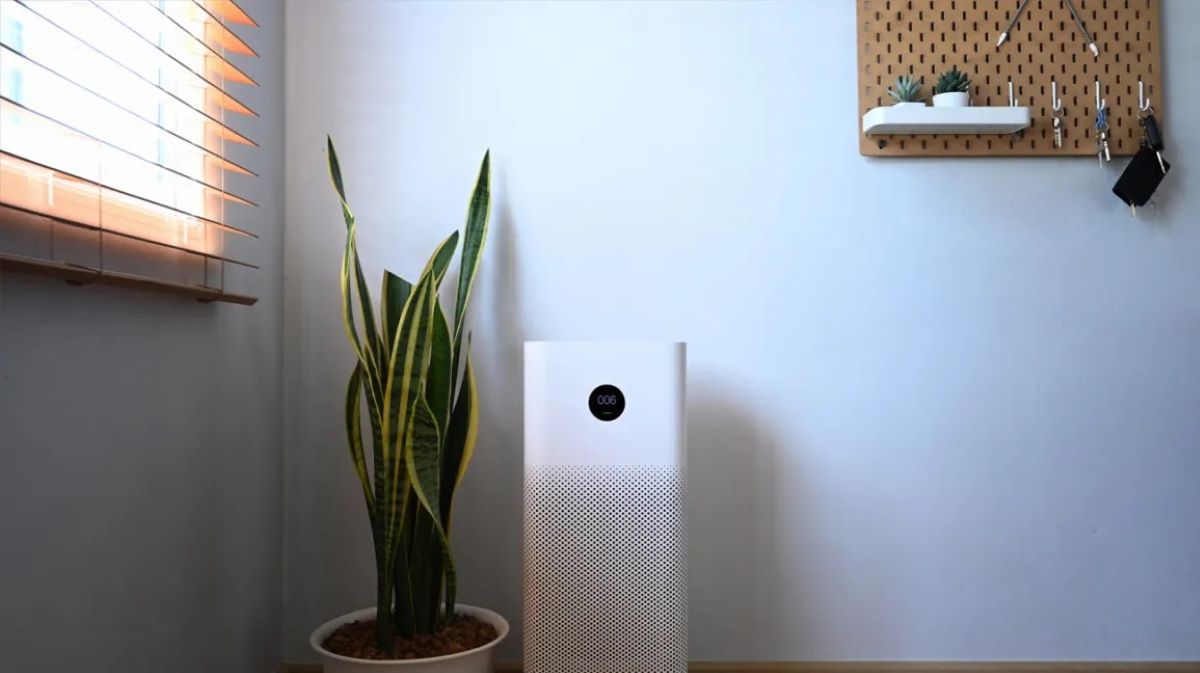
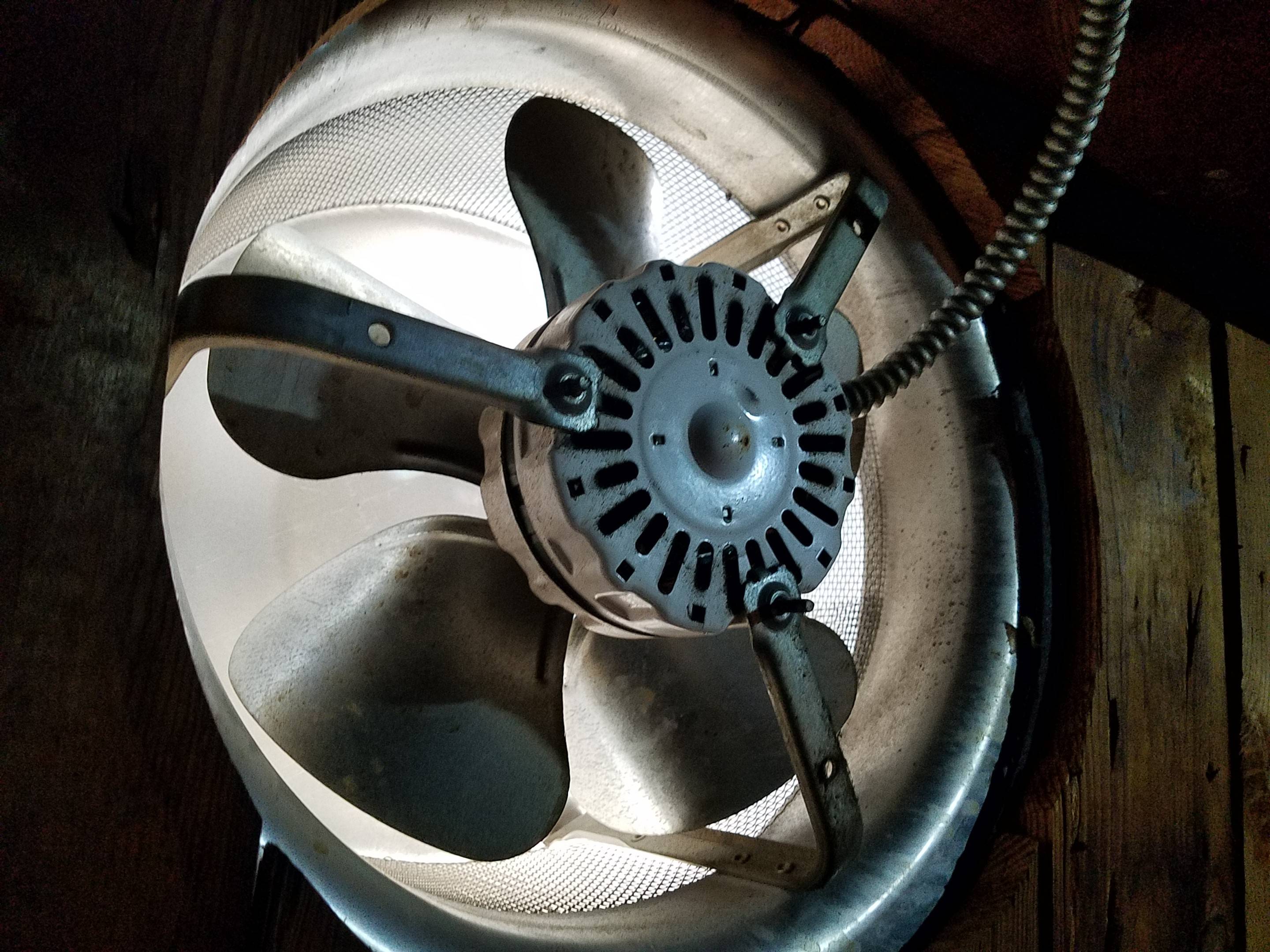
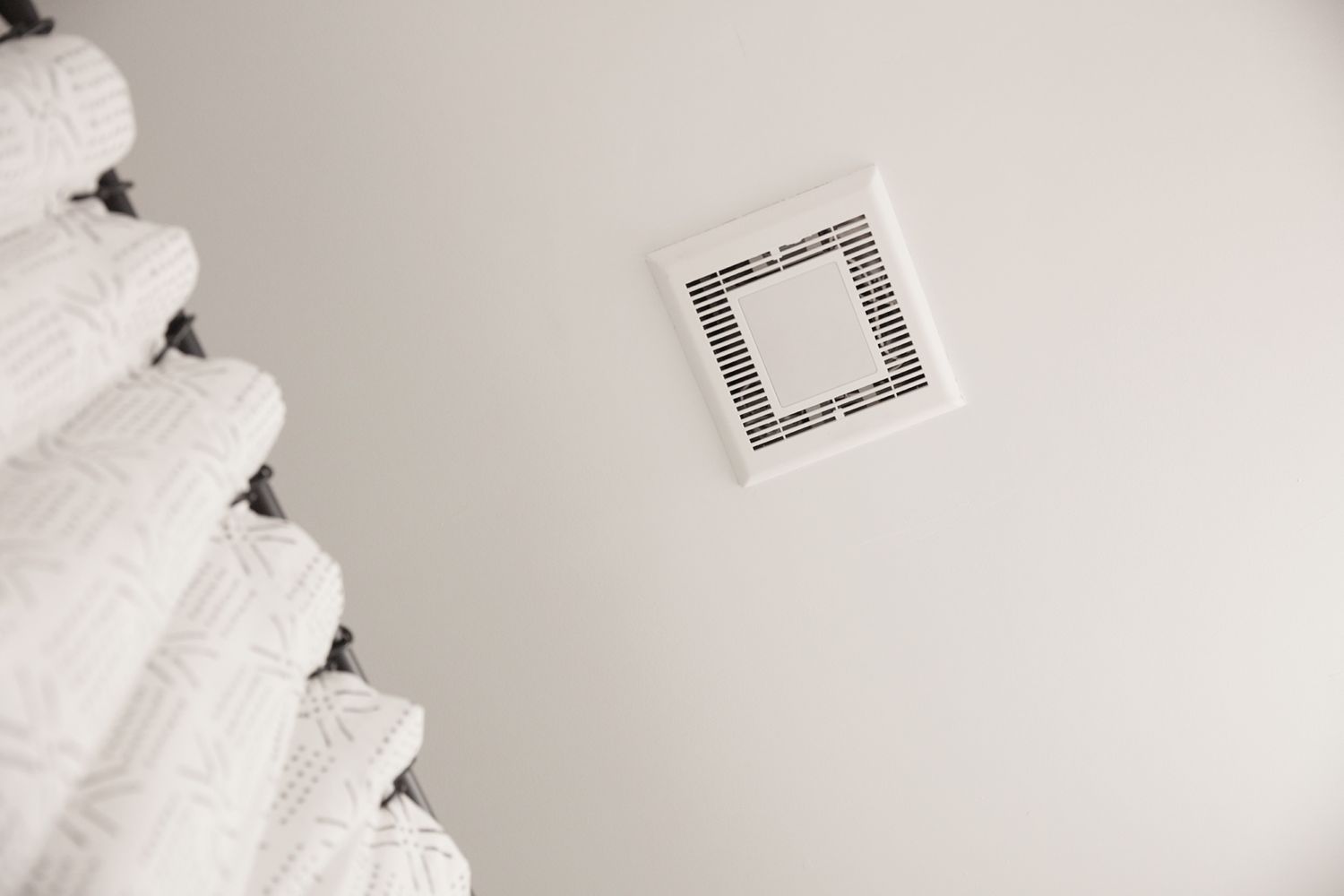
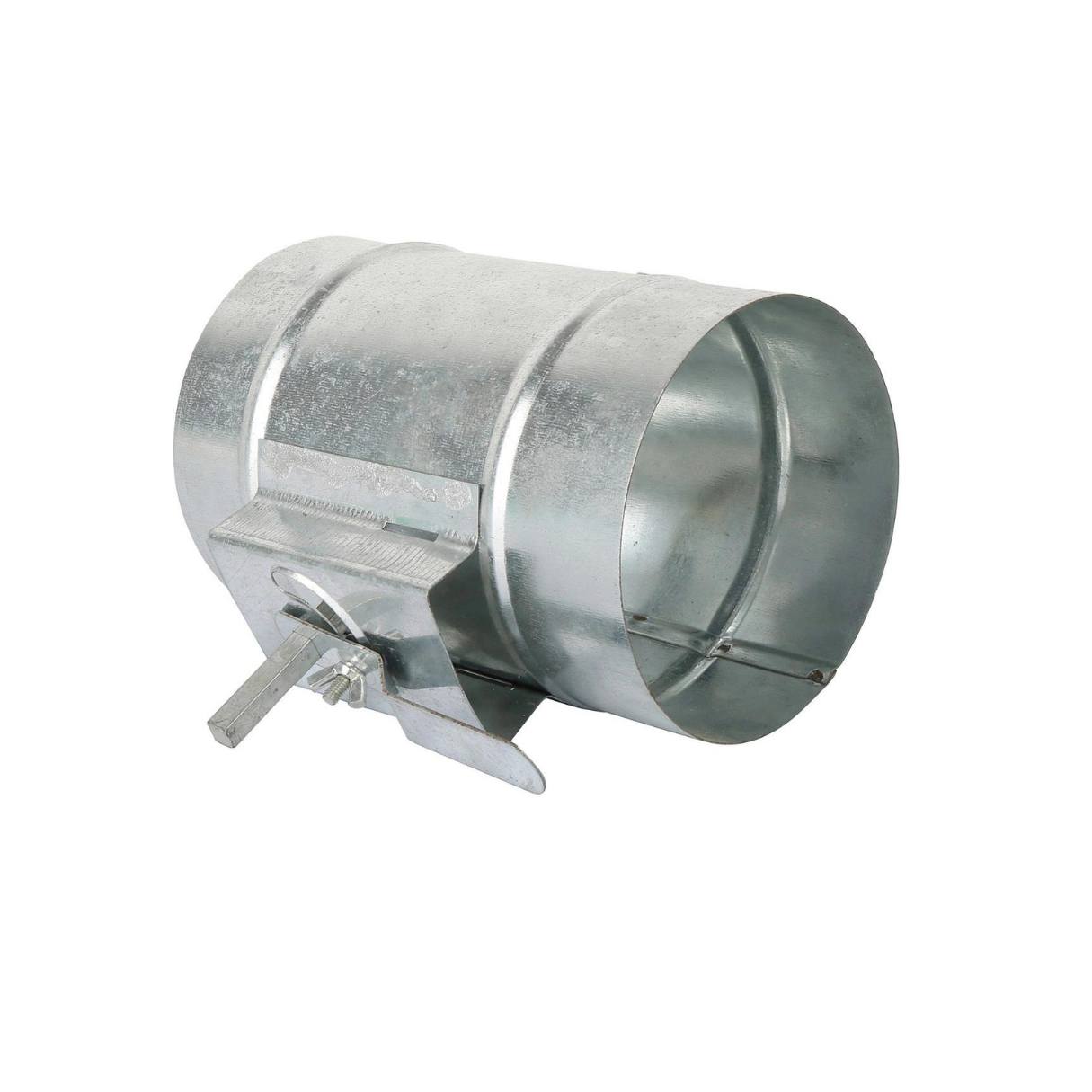
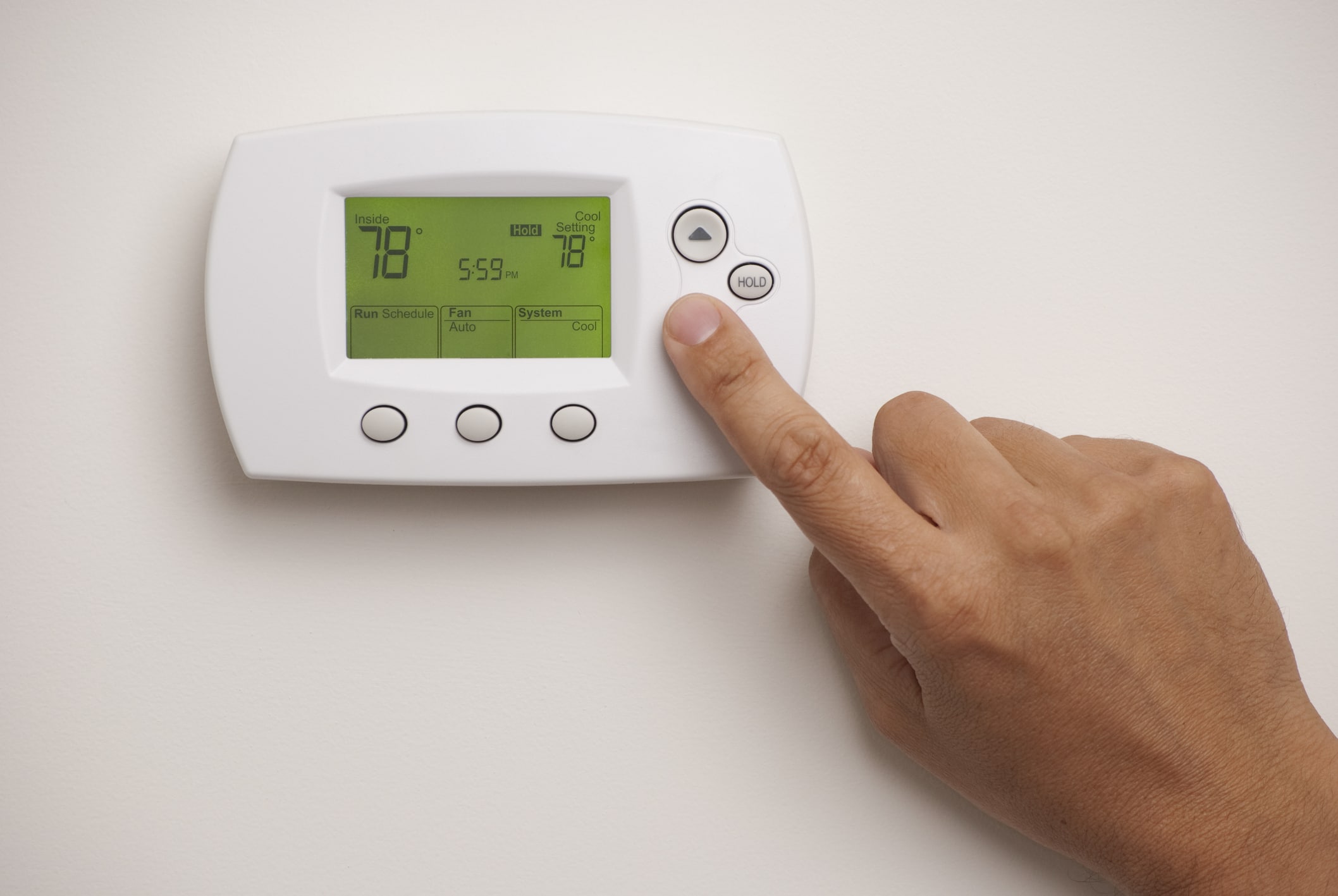
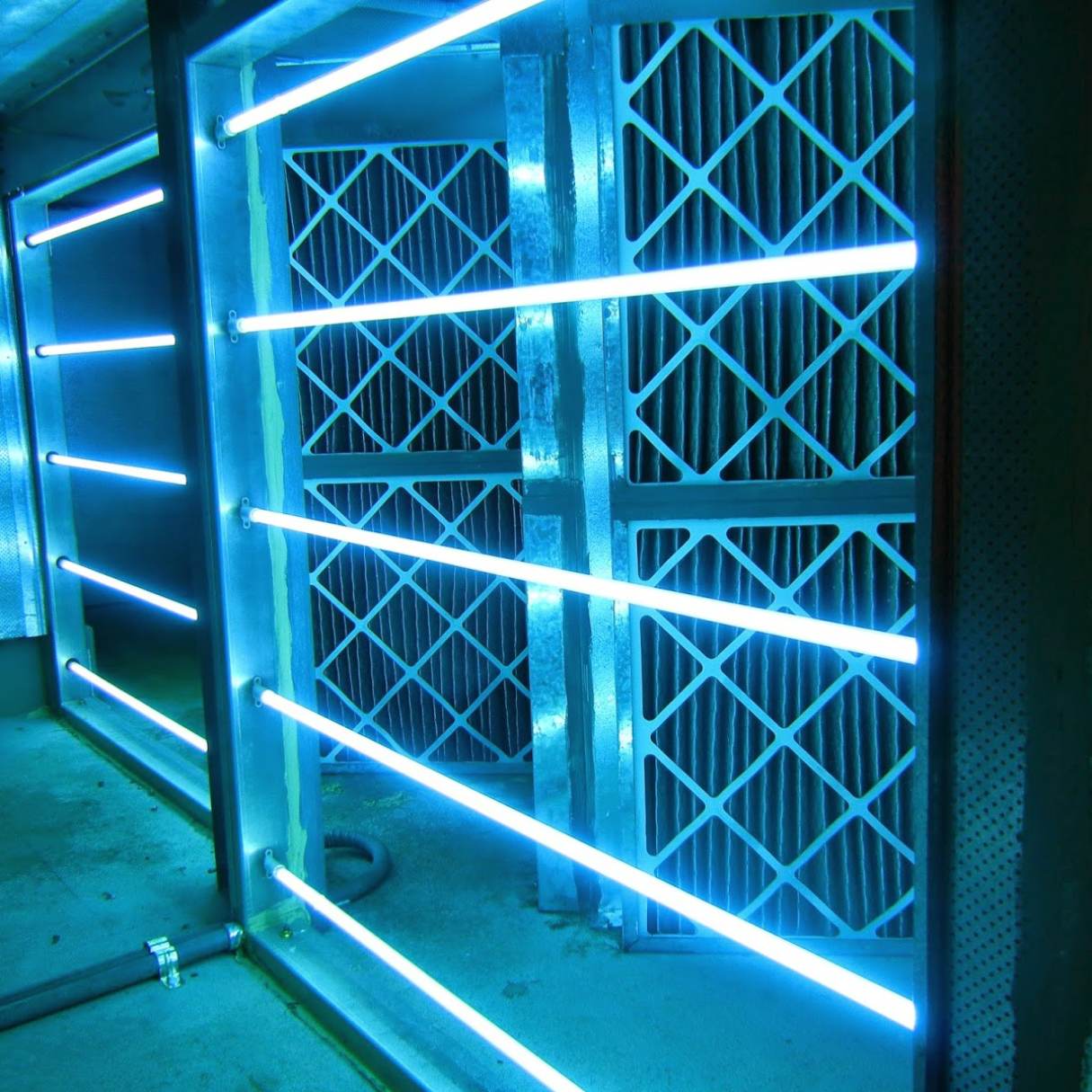
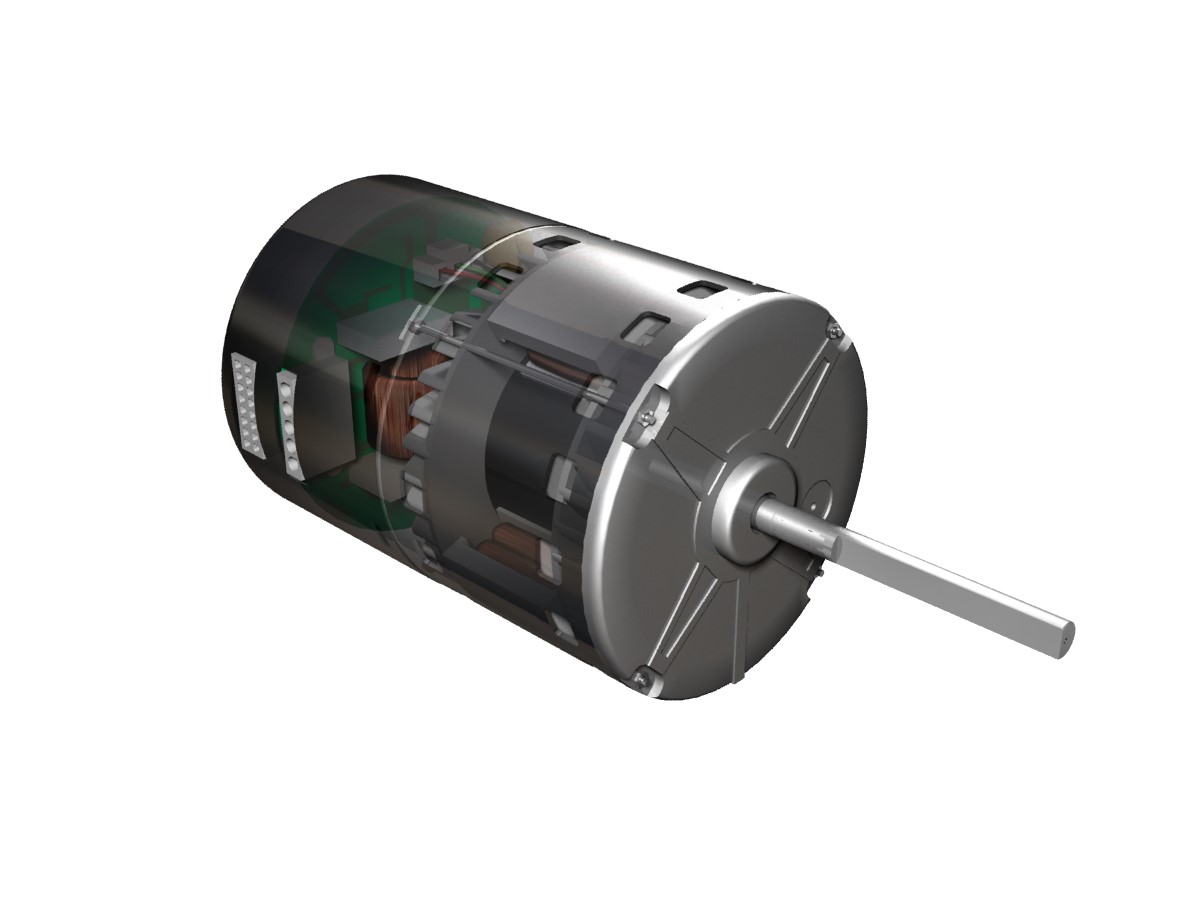
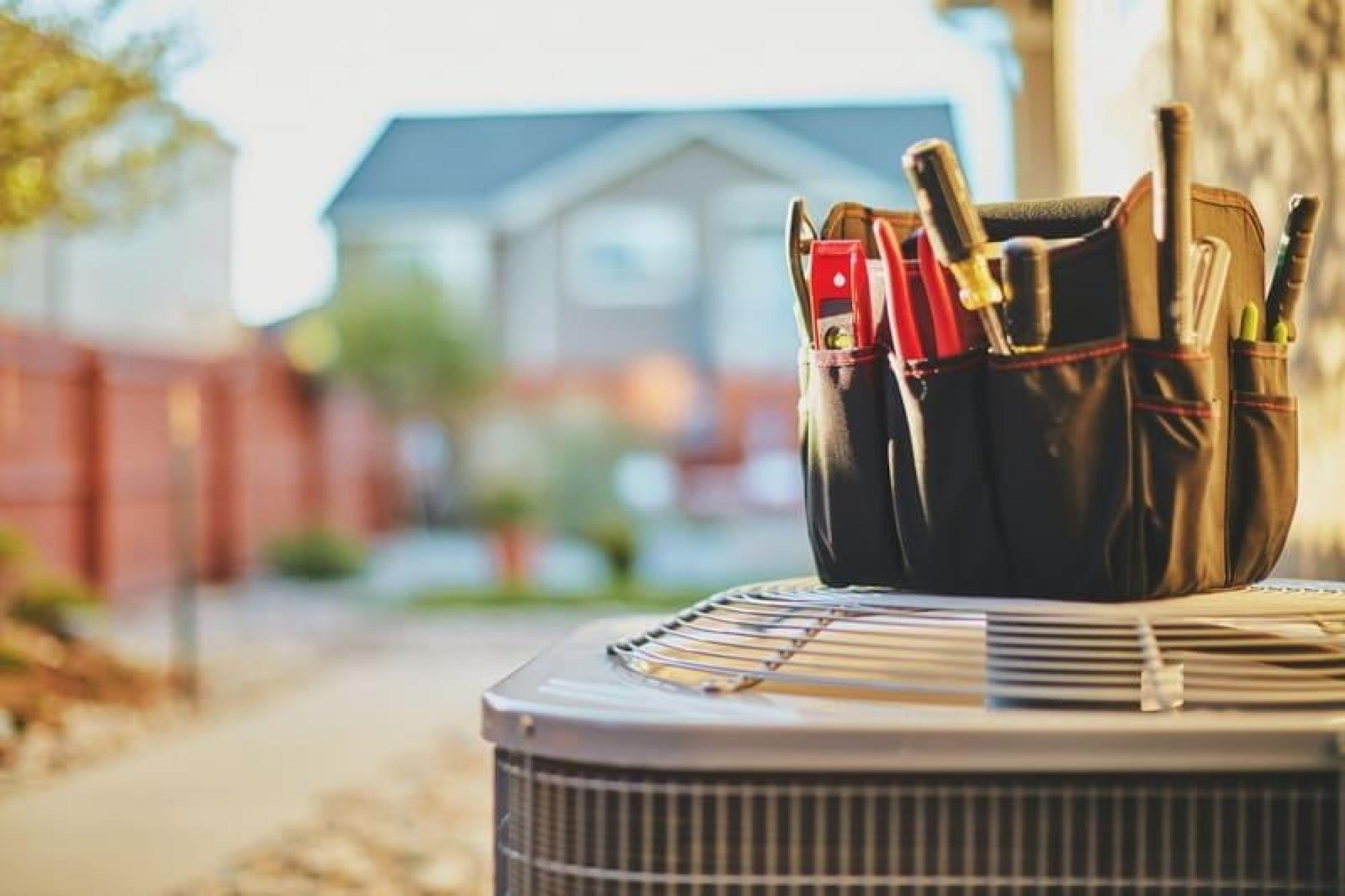



0 thoughts on “What Does The Fan Do On HVAC”